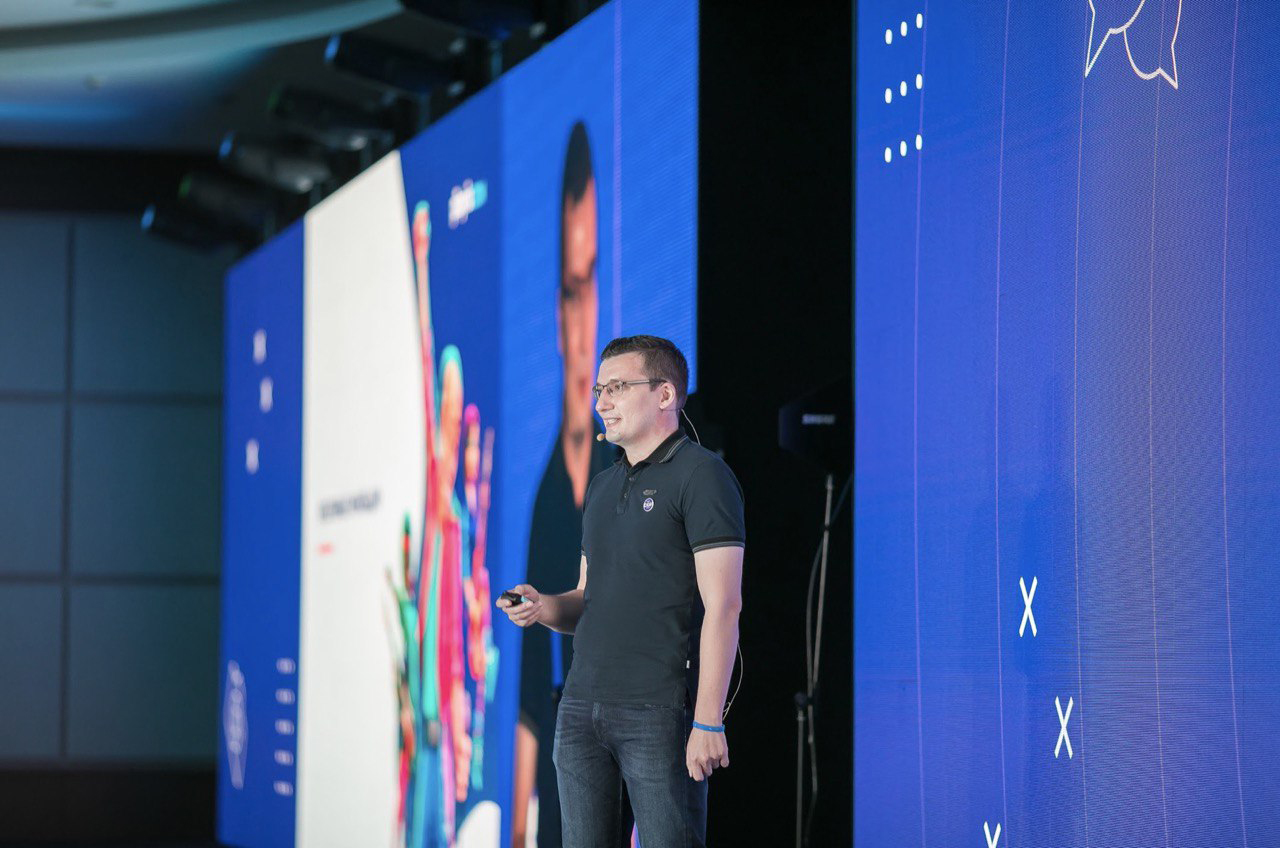Results of 2019: Alexander Derkach from Playrix about the main thing for the year
We continue to summarize the results of 2019 together with the heads of gaming companies and market experts. Next up is an interview with Alexander Derkach, who holds the post of marketing director at Playrix.
How was 2019 for the company?
It was again the coolest year in the history of the company. We say that every year, but it really is.
In 2019, we have grown significantly in the size of the team, now we have 1700 people. This is absolutely not the limit for our ambitions, we continue to grow and hire. We also actively engaged in M&A. 8 studios from Ukraine, Serbia, Russia, Croatia and Armenia joined us.
The smart investment approach allowed us to launch a partnership with Vizor and Nexters. As a result, our overall footprint in the regional game development market has increased many times, we have significantly expanded our expertise and jointly sorted out a number of complex issues. All this allows us and our partners to grow rapidly.
If we talk about products, then in 2019 our fifth mobile title, Wildscapes, was released. There are now more than 20 projects of different genres in internal development, many of which we will send to softlonch or release next year.
App Annie ratings speak better than a thousand words about the success of LiveOps and marketing: in August, we were ahead of both King and Supercell in revenue. Since then, we have not conceded the championship to them. A year ago it seemed impossible.
I can’t believe how much we managed to do. And we have even more extensive plans for 2020.
What events in the regional and global gaming industry do you consider central in the past year?
In the regional gaming industry, the past year was marked by a noticeable M&A trend. Strong teams are consolidating, of which there are more and more in the region. Here , in addition to Playrix , it shows high activity Mail.Ru Group. This is expected: the industry is maturing, and it is easier to solve complex tasks together.
On a global scale, I would like to highlight the release of the Stadia service from Google. If you think about it, we are going into the future, where everything is available seamlessly and everything is available as a service. In this future, it really sounds ridiculous to think that you need a separate specific device for games. And even if Stadia is not very successful yet, but globally it is a step in the right direction.
What are the main trends in the market today?
If we talk about the mobile games market, then there is still a search for the next big thing. And, it feels like it has noticeably tightened. Everyone experiments a lot, but they are even more engaged in self-copying. In such a situation, those who have better production and marketing are stronger. There has not been a strong viral effect from a breakthrough idea on the market for a long time.
Partly due to this, the download tops are still occupied by hyper-casual projects. I don’t want to believe that this is the future of game development, but it is important to note that hyper-casual games perform a very necessary function for the entire industry — they popularize games. First of all, due to them, there has been an expansion of the gaming audience lately. I am sure that someday a book or at least a chapter in a book will be written about this.
Another trend is the releases of hardcore projects on mobile platforms. Mobile devices are already technically ready for this, plus a considerable part of the audience is Generation Z, which recognizes nothing but mobile platforms.
Which third-party game releases this year, in your opinion, were the most important? Plus, which games did you spend the most time on in 2019 as a gamer?
If we talk about releases on the global gaming market, then, of course, Death Stranding collected the most hype. Some game publishers even postponed their releases to 2020, fearing competition. Whether Kojima is a genius or not — everyone decides for himself, but Death Stranding is certainly a notable cultural event in game development.
On the mobile market, the release of Call of Duty reminded everyone of the strength of the franchise and confirmed that the mass audience is ready for mobile hardcore projects – there would be cool products.
For the soul, as a gamer, I prefer console AAA projects. In my opinion, games as art remained primarily on consoles, and there in 2019 I single out for myself the same Death Stranding and The Outer Worlds.
I continue to play Gardenscapes with pleasure, almost 2000 levels are already behind. The mechanical tug-of-war of the chips creates an excellent cognitive background and just helps to think. I also try most of the notable mobile projects on the market, but rarely stay in them for a long time, rather, it is a professional interest.

